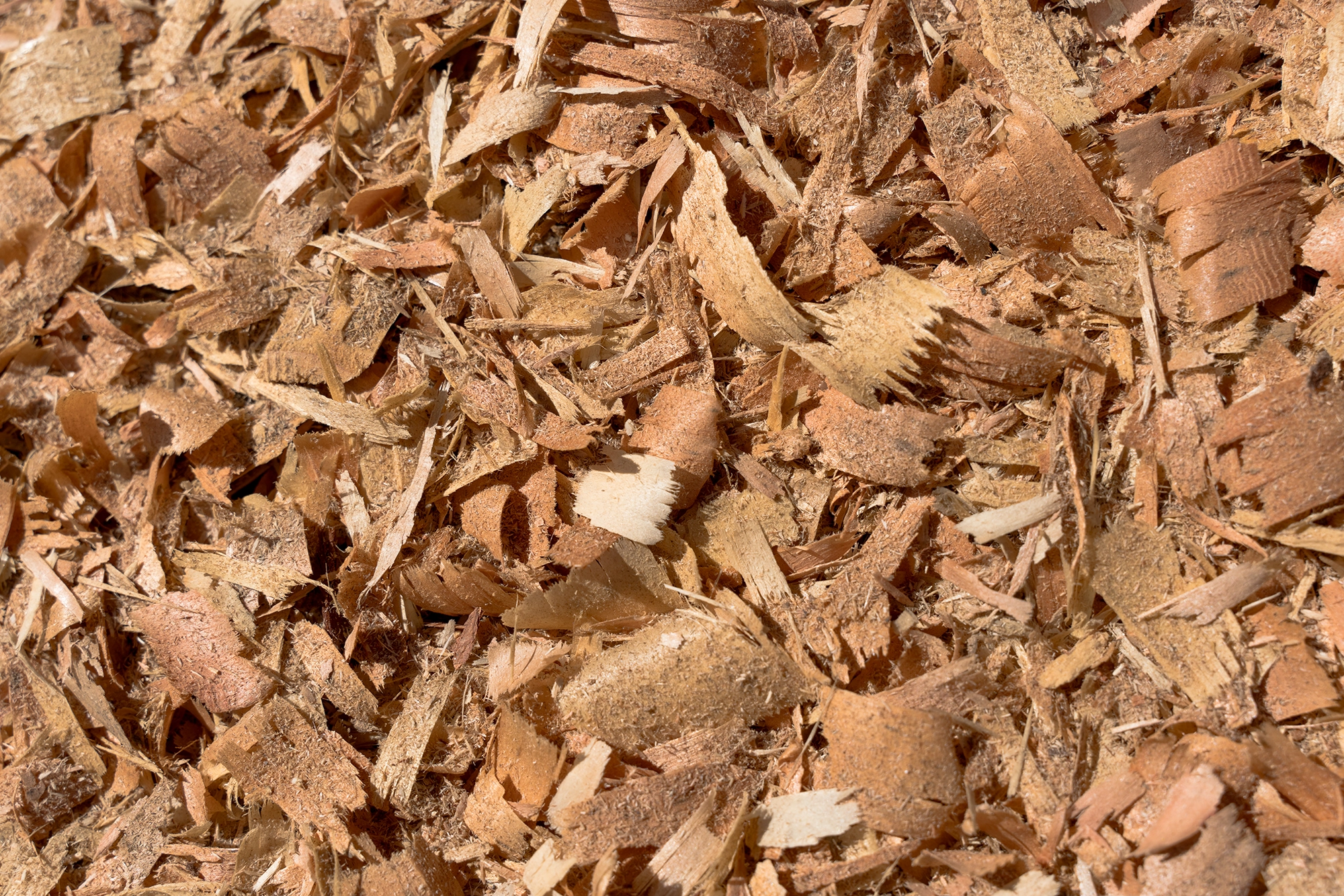Article Links
What are wood shavings?
Wood shavings are thin, curled pieces of wood typically produced as a byproduct during the woodworking process. These shavings are created when wood is planed, shaved, or shaped, and they are often lighter and thinner than sawdust or chips. Any type of wood can be used to produce shavings.
Wood shavings have several commercial applications, especially in industries where clean, dry, and soft material is required. Common uses include:
- Animal Bedding: One of the most common uses for wood shavings is as bedding material for livestock and pets. Shavings are soft, absorbent, and provide a comfortable surface for animals to rest on.
- Packaging Material: Wood shavings are sometimes used as a cushioning material in packaging, particularly for delicate items. Their light weight and ability to fill voids make them ideal for protecting goods during shipping.
- Mulch: Shavings can be used as mulch in gardens and landscaping. They help retain soil moisture, suppress weeds, and gradually decompose to add organic matter to the soil.
- Fuel: In some cases, wood shavings are used as a biomass fuel, similar to sawdust and hog fuel. They can be burned in industrial boilers or used in pellet production.
- Composting: Shavings are often mixed with other organic materials to create compost. They provide carbon-rich material that balances the nitrogen in compost piles, aiding in the decomposition process.
North Fork Produced Shavings
Douglas fir shavings are typically reddish-brown, with a medium to coarse texture. They are strong and have a slightly resinous smell, which can be pleasant in animal bedding. These shavings are durable and somewhat resistant to compression, which makes them long-lasting in applications like animal bedding. They also provide good insulation and moisture absorption.
Hemlock shavings are usually pale yellow to light brown and are finer and softer than Douglas fir shavings. They have a mild, woody scent. They are softer and more pliable, making them very comfortable for animal bedding. They are also absorbent, which is useful in environments where moisture control is necessary.

